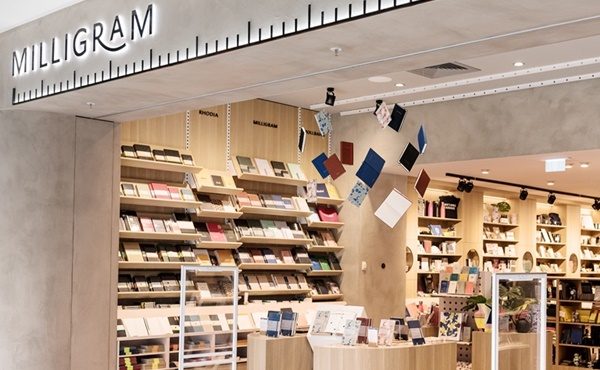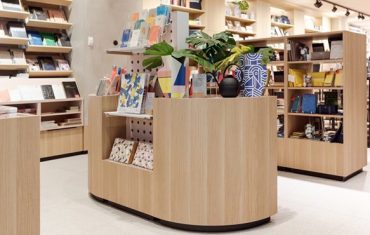Designer stationery, office and lifestyle accessories retailer, Milligram was launched in 2007 by friends Scott Druce and Matt Harris under the name NoteMaker. Since then, the brand has grown to four brick-and-mortar stores and over 100 employees.
In 2017, the business rebranded to Milligram to represent a new phase of growth beyond its existing online store, which had reached capacity limits and had technical debt.
But with Shopify Plus, Milligram has been able to launch promotions in minutes, consolidate its content and ecommerce onto one site and almost double its search bar conversion rate from 4.16 per cent to almost eight per cent.
Milligram outgrew its online store not once, but twice. The brand started its life on Shopify and moved to another ecommerce platform in a quest to grow. Milligram digital manager, Phil Miles, says although it was sad to move away from Shopify, it felt to be the right decision at the time.
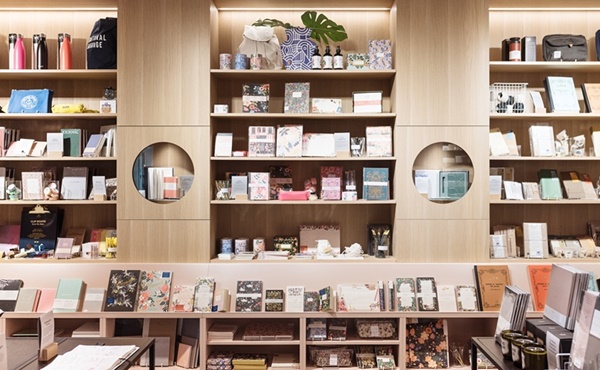
Seven years on, the brand’s second ecommerce solution was becoming problematic. With Milligram scaling fast and opening brick-and-mortar stores, its site was slow with clunky, back-end problems.
“Our site wasn’t built for that kind of growth and complexity,” he says. “The technical and operational wheels were falling off. We had issues with our database running on the backend of our website. It would get overwhelmed and crash or updates would take much longer than usual.”
Its online store also didn’t have the capacity to offer the service that customers enjoyed in-store. Its blog page was hosted on WordPress, so customers would have to leave the site to read the material.
“We wanted to massively expand our content and deliver it to customers in a seamless way. We wanted them to read our blogs and still be able to access their shopping carts,” Milligram marketing manager, Meaghan Andrews, says.
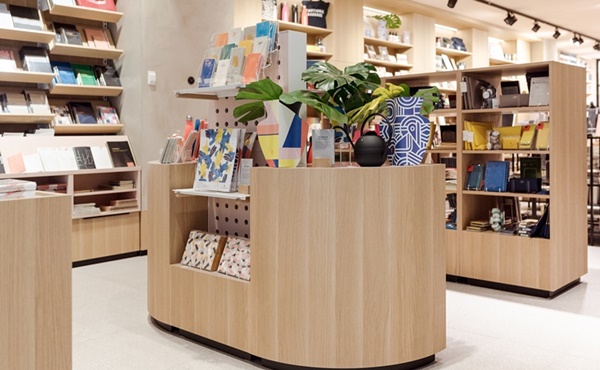
Milligram migrated to Shopify Plus and chose to build its online store with Shopify Plus Agency Partner, Convert Digital, to transfer learnings about what had and hadn’t worked for the brand’s web design in the past.
“It was one of the smoothest migrations I’ve worked on,” Miles says.
“We immediately noticed how easy it was to use the platform day-to-day. You didn’t need to know code or anything technical to run promos or easily upload products into the system. This allowed us to share responsibilities across a wider group of people,” Andrews adds.
Milligram can now offer customers the same shopping experience online as it does in store. With all content now housed on the same site as the brand’s ecommerce, shoppers can engage with Milligram while keeping their shopping carts active.
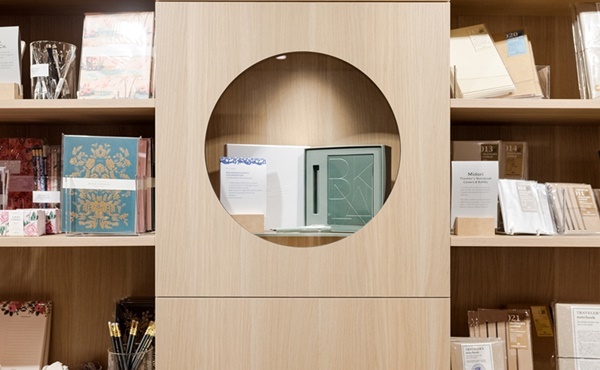
The ease of use Shopify Plus provides has also allowed the team to remain agile, something that was vital in 2020 when Covid-19 caused the brand to close its brick-and-mortar stores.
“In 2020 we’ve needed to adapt constantly to the evolving Covid-19 pandemic. The safety of our team and customers has always been our first priority, but then we’ve had to re-think our plans constantly to try and survive and thrive in these difficult times,” Milligram CEO, Scott Druce, says.
“I’m pleased to say our team have been able to meet the new customer mindsets and behaviours with strong marketing and relevant products. We are fortunate in our business to be a truly multi-channel business from physical retail stores, multiple ecommerce stores and a strong distribution business. This has made adapting easier for us as we can shift quickly when Covid-19 restrictions are imposed in regions.
“During Covid-19 customer behaviour has changed and shifted online. We are fortunate to have a strong online presence. We also understand that many customers would much prefer to shop in physical stores and once restrictions lift, we expect some of the online growth to taper off once customers return to stores. We will ensure that the two sales channels work cohesively to maximise results. Our new Shopify based e-commerce store is allowing truly omnichannel retail, which will help achieve good levels of customer satisfaction.”

By Emily Rancic
This article first appeared on retailbiz



